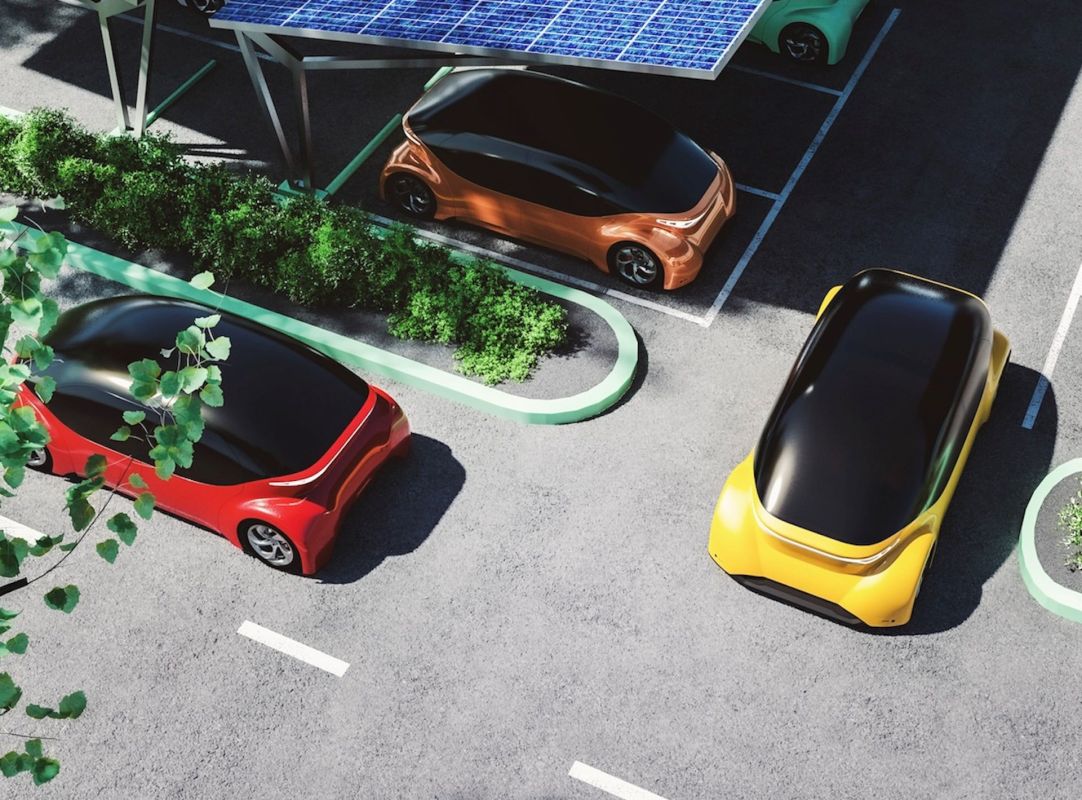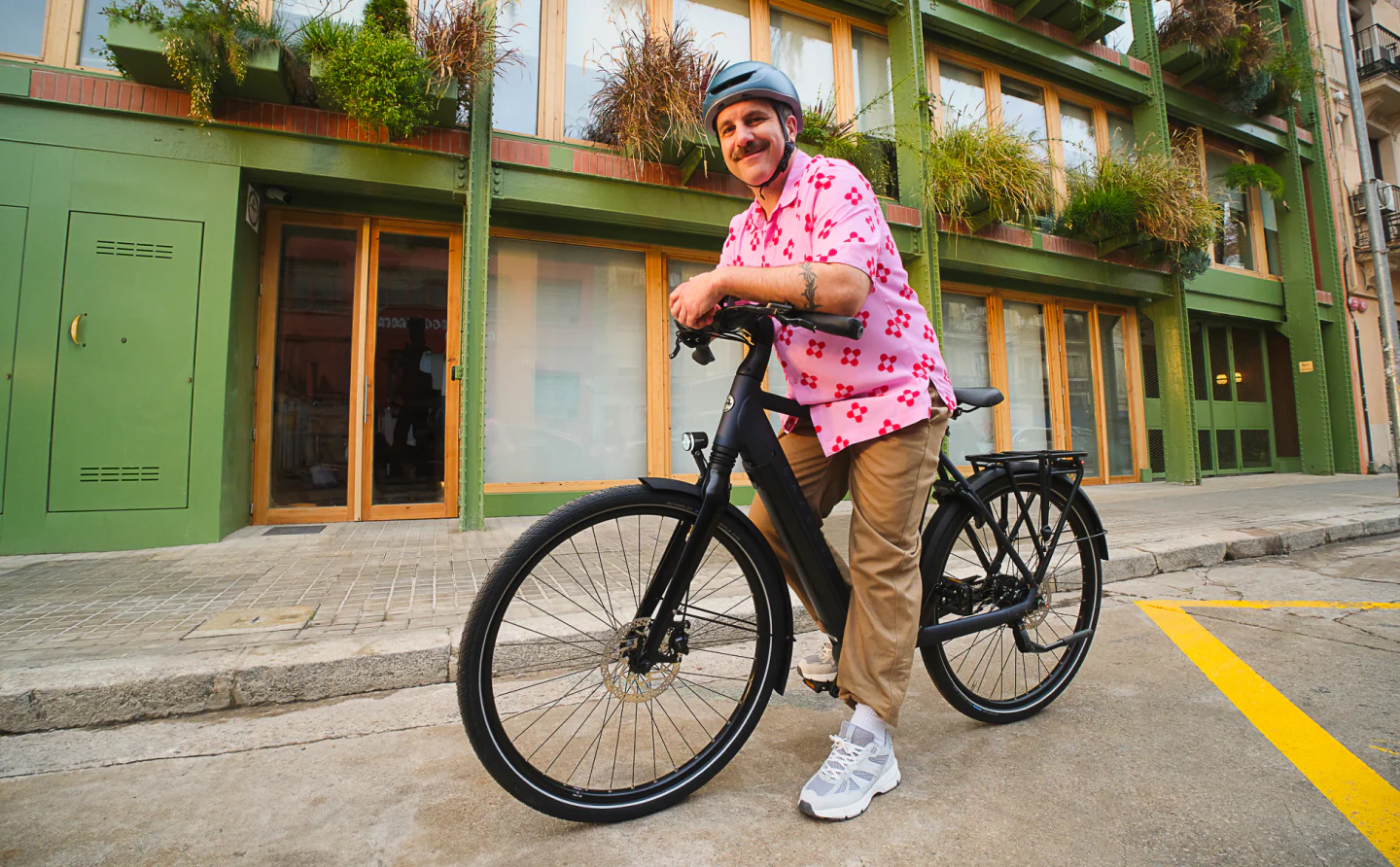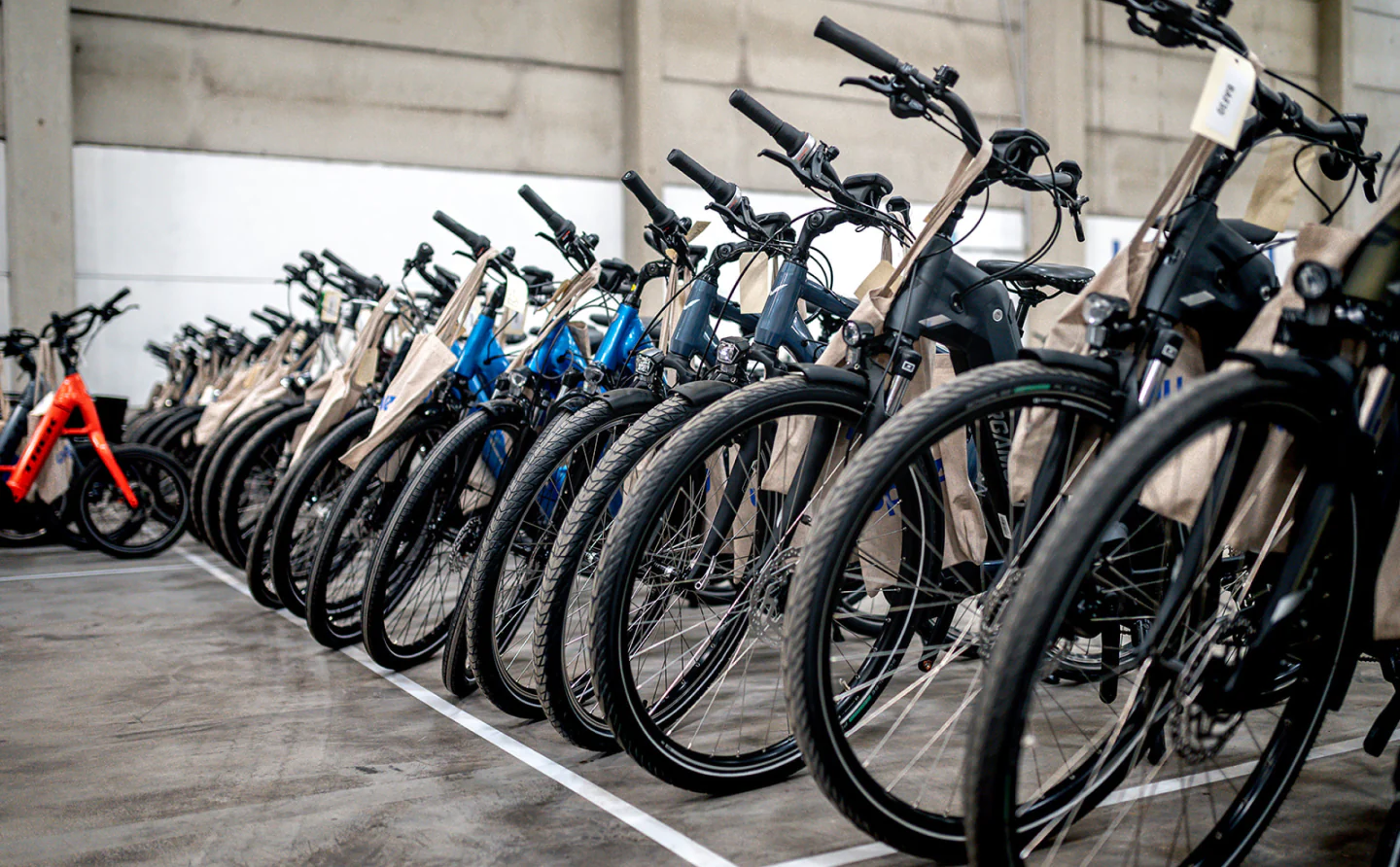After a so-so reception of Toyota's solar roof by testers at MotorTrend and bankruptcy filings by two solar EV companies, according to Sarah Wells of IEEE Spectrum, some may have been ready to ditch the idea of sun-powered EVs altogether.
Wells, however, reported the future of the vehicles may be bright with the help of a design element inspired by the Bridgestone World Solar Challenge, as well as geometry.
Peter Pudney, an associate professor of industrial and applied mathematics at the University of South Australia, believes that decreasing the weight of the vehicles is key, pointing out that engineers already design ultralight vehicles for the Bridgestone event.
"We should be looking at how to decrease the energy required to move people around. Using 1 to 2 tonnes [about 1.1 to 2.2 tons] of machinery to move an 80-kilogram [176-pound] person is very inefficient," Pudney told Wells.
Engineers may also need to alter the shape of solar cells to account for the sloped roofs of vehicles, Pudney added.
While Tom Randall of Bloomberg reported in March that the average EV in the U.S. is nearing a 300-mile range between battery charges, it's not uncommon for consumers to experience range anxiety, with a number of potential solutions already in the works.
A solar roof could alleviate some of those concerns while further reducing the amount of harmful carbon pollution associated with vehicle travel.
Unlike gas-powered cars, EVs don't create the type of heat-trapping tailpipe pollution linked to rising global temperatures and health concerns such as asthma, which is one of the reasons they are better for the environment.
The electricity used to charge EVs, though, can be a source of carbon pollution.
Miguel Brito, an associate professor at the Dom Luiz Institute in Portugal, told Wells that he expects solar assistance — after some troubleshooting on urban shadowing — to be "a standard part" of EVs by 2030.
TCD Picks » Upway Spotlight

"Instead of charging once a week, on average, you might charge every other week. Doing so means that the same infrastructure is able to accommodate something like twice as many cars," Brito added.
Dan Kammen, a professor of energy at U.C. Berkeley, expressed similarly positive sentiments last November.
"It really builds into this idea that as we electrify transportation, we're not actually going to be stressing the grid," Kammen told Katie Brigham of CNBC. "... In the end, I think we're going to be selling electricity out of our solar cars back into the grid."
Join our free newsletter for weekly updates on the coolest innovations improving our lives and saving our planet.














